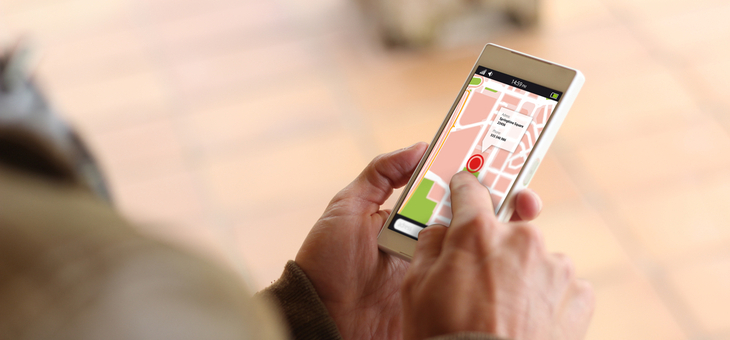Google recently announced that it is going to be even easier to find your way, with plans to make more than 100 artificial intelligence (AI) upgrades to the Google Maps app this year.
Some of the features include indoor navigation and information about weather and air quality.
Vice-president of Google Maps Dane Glasgow said some of the changes would redefine exactly what a map could be.
Read more: 10 useful things you didn’t know Google Maps could do
“Sixteen years ago, many of us held a printout of directions in one hand and the steering wheel in the other to get around – without information about the traffic along your route or details about when your favourite restaurant was open,” Mr Glasgow said.
“Since then, we’ve been pushing the boundaries of what a map can do, propelled by the latest machine learning.”
Below are some of the features you can expect later this year.
Indoor navigation
One of the frustrations can be walking in the wrong direction when you are in airports, train stations and shopping centres.
Read more: How you can use Google Maps as a travel diary
Google’s answer to this problem is to scan tens of billions of street view images to understand your orientation, a technology it is calling global localisation, which it is incorporating into aits Live View technology.
“If you’re catching a plane or train, Live View can help you find the nearest elevator and escalators, your gate, platform, baggage claim, check-in counters, ticket office, restrooms, ATMs and more,” Mr Glasgow explained.
“Arrows and accompanying directions will point you the right way.”
Live View will also be able to tell you what floor a store is on when you are at a shopping centre and will tell you the fastest way to get there.
Read more: Caught on Google Maps’ camera
Weather and air quality info
A new weather layer will allow you to see current and forecasted temperature and weather conditions on your map and a new air quality layer will show you how healthy (or unhealthy) the air is in that area.
The air quality information will aid those who suffer from allergies or those travelling through smoggy or fire-prone areas.
When it is released the weather layer will be available globally, while the air quality layer will launch in Australia, India and the United States first before other countries are added.
Fuel-efficient routes
Google Maps already allows you to choose between the fastest and shortest route, but it will also be adding the most fuel-efficient route as an option in coming months.
Incorporating factors such as road incline and traffic congestion, this route will help people reduce their environmental footprint.
“Soon, Google Maps will default to the route with the lowest carbon footprint when it has approximately the same ETA as the fastest route,” Mr Glasgow explained.
“In cases where the eco-friendly route could significantly increase your ETA, we’ll let you compare the relative CO2 impact between routes so you can choose.
“But we know that getting around sustainably goes beyond driving. So we’re making it easier to choose more sustainable options when you’re on the go. Soon you’ll get a comprehensive view of all routes and transportation modes available to your destination – you can compare how long it’ll take to get there by car, transit or bike without toggling between tabs.
“Using advanced machine learning models, Maps will automatically prioritise your preferred modes – and even boost modes that are popular in your city.”
What advancements would you like to see made to Google Maps?
If you enjoy our content, don’t keep it to yourself. Share our free eNews with your friends and encourage them to sign up.

